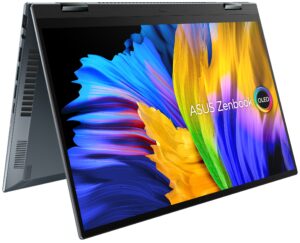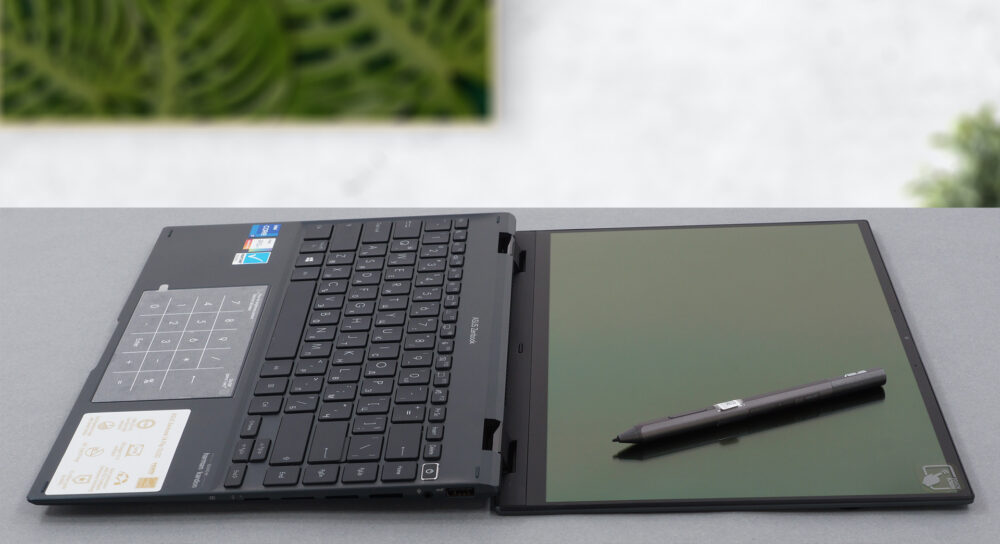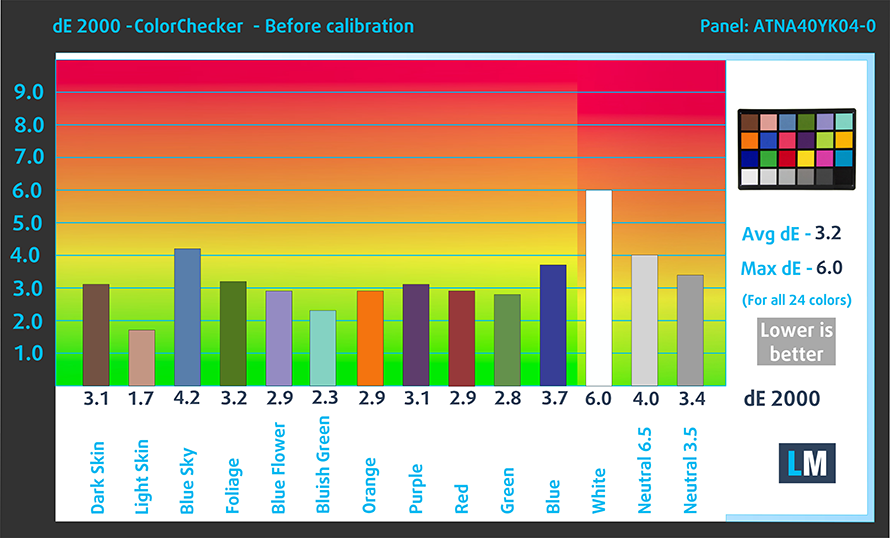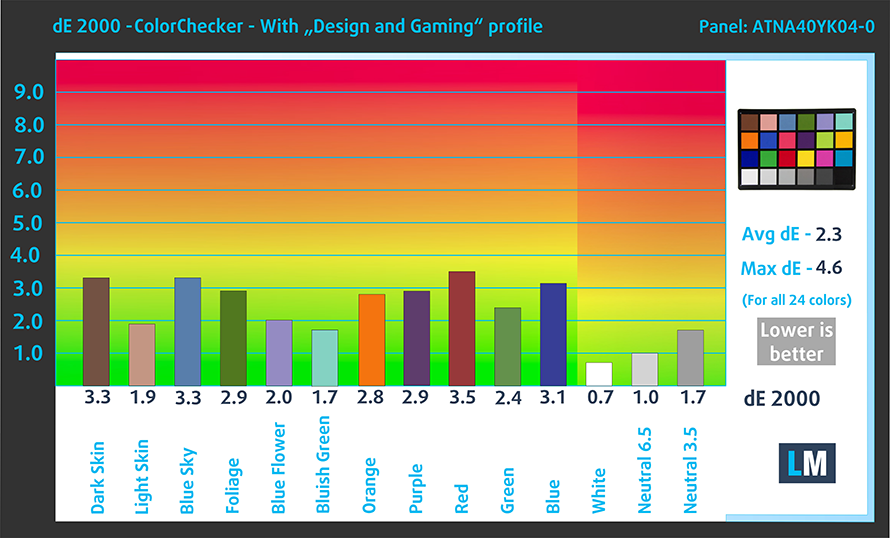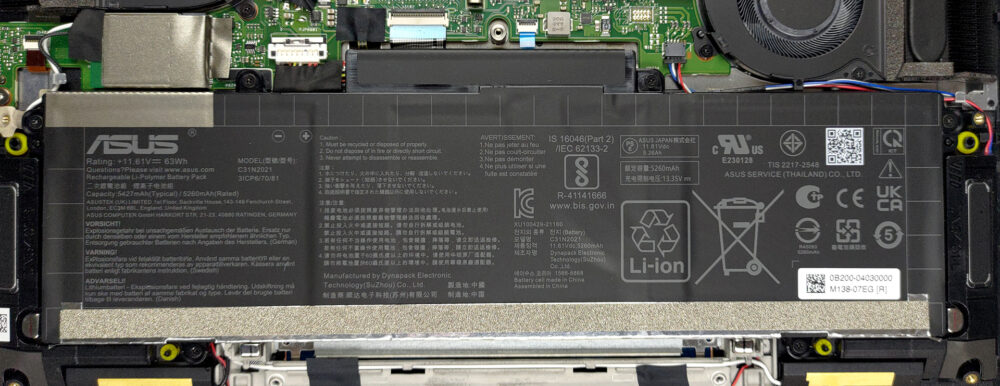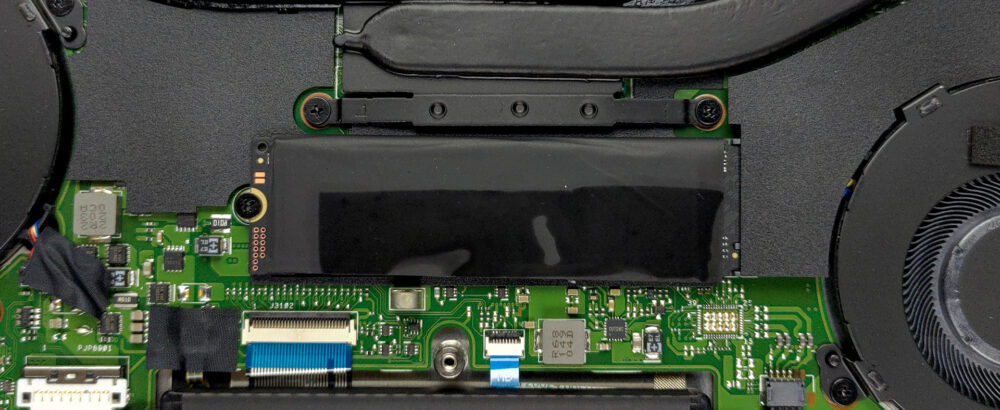ASUS ZenBook 14 Flip OLED (UP5401) – Top 5 Pros and Cons
 ZenBooks have been ASUS’s halo devices, striving to be as innovative as ever, being the first to implement new technologies and hardware. Today’s laptop is a smaller one, coming with a portable and high-end design, along with a smaller 14-inch display, Tiger Lake processors, and integrated graphics.
ZenBooks have been ASUS’s halo devices, striving to be as innovative as ever, being the first to implement new technologies and hardware. Today’s laptop is a smaller one, coming with a portable and high-end design, along with a smaller 14-inch display, Tiger Lake processors, and integrated graphics.
Obviously, performance won’t be on par with bigger and better laptops, but we are talking about a very portable device that you can take anywhere with you and not be a hassle.
Today we are presenting you with LaptopMedia’s top 5 picks about the ASUS ZenBook 14 Flip OLED (UP5401).
ASUS ZenBook 14 Flip OLED (UP5401): Full Specs / In-depth Review
4 reasons to BUY the ASUS ZenBook 14 Flip OLED (UP5401)
1. Design and build quality
The laptop comes with an exceptionally sturdy aluminum body. The lid is incredibly durable, thanks to both the aluminum construction and the glass display cover. On the back, we find the ZenBook’s calling card, the circular brushed finish, with a glossy ASUS logo that is off-centered, and the whole design revolves around it. The hinges are very well balanced, allowing the lid to open with one hand. In terms of dimensions, the laptop stops the scales at 1.40 kg and has a profile of 15.9 mm.
2. I/O
Despite its small stature, the laptop packs two Thunderbolt 4 ports, a single USB Type-A 3.2 (Gen. 2) port, an HDMI 2.0 port, a 3.5 mm audio jack, and a MicroSD card reader.
3. Display quality
The 2.8K OLED panel that we have here is great, but not perfect. It struggles with some problems, but first, let’s spew out what it gets right. The viewing angles are fantastic, and the peak brightness is very high, measuring at 361 nits (cd/m2) in the middle of the screen and 362 nits (cd/m2) as an average, with a maximum deviation of only 1%, leading to some of the best brightness uniformity that we have seen. This means that the brightness is even across the entire display area, leading to even color representation. Due to the nature of OLED panels, the contrast ratio is infinite. The color coverage is very good as well, as the panel covers the sRGB and DCI-P3 gamuts fully.
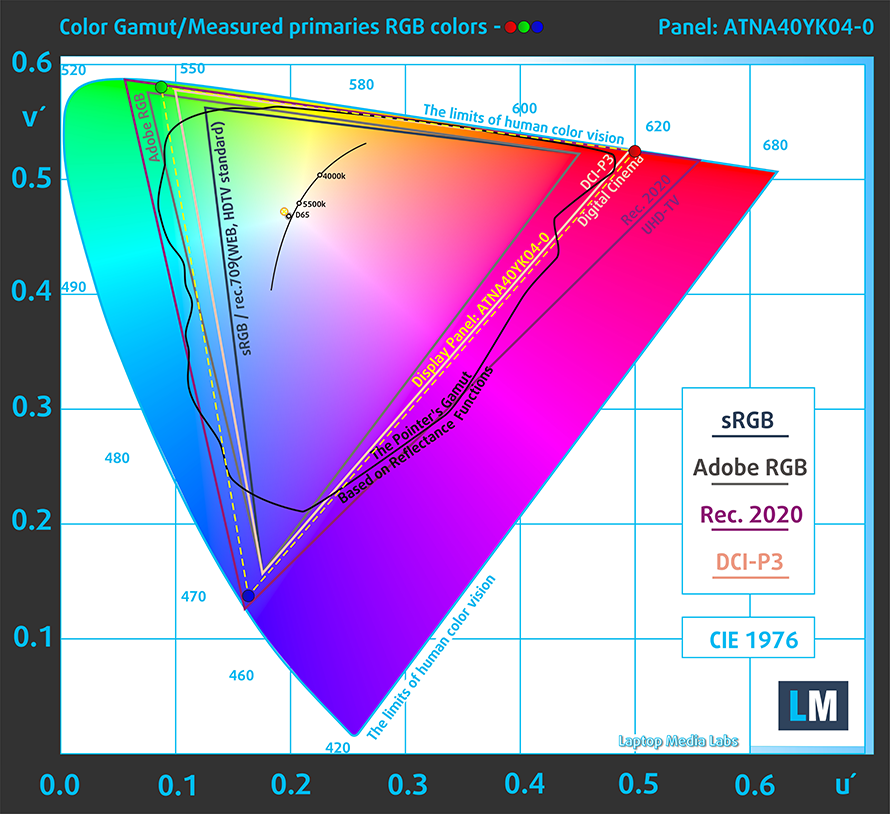
Something which we dislike is the PWM usage, as the notebook uses it at all times. Up to 80 nits, the pulsations are low-frequency, leading to high eye strain. After 80 nits, there are small pulsations, which are relatively safe. Still, our Health-Guard profile eliminates the PWM completely.
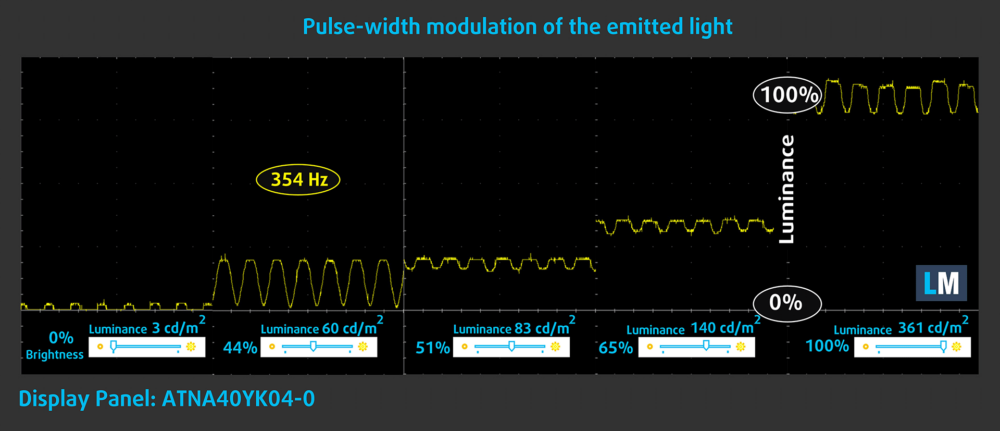
We tested the accuracy with both stock settings and with our Design and Gaming profile, in both the sRGB gamut and in the DCI-P3 gamut using a D65 white point, which is how we got our best result, reaching a dE value of 2.3, which is still higher than the desired <2 but we’ll take what we can get. Here are the results in factory condition (left) and with our profile applied (right).
Buy our profiles
Since our profiles are tailored for each individual display model, this article and its respective profile package are meant for ASUS Zenbook 14 Flip OLED (UP5401) configurations with 14.0″ Samsung ATNA40YK04-0 (SDC4154) (2880 x 1800p) OLED panel.
*Should you have problems with downloading the purchased file, try using a different browser to open the link you’ll receive via e-mail. If the download target is a .php file instead of an archive, change the file extension to .zip or contact us at [email protected].
Read more about the profiles HERE.
Genom att köpa LaptopMedias produkter stödjer du inte bara effektiva och hälsovänliga profiler utan även utvecklingen av våra laboratorier, där vi testar enheter för att kunna göra så objektiva recensioner som möjligt.

Kontorsarbete
Office Work bör främst användas av användare som tillbringar den mesta tiden med att titta på textstycken, tabeller eller bara surfa. Den här profilen syftar till att ge bättre tydlighet och klarhet genom att behålla en platt gammakurva (2,20), ursprunglig färgtemperatur och perceptuellt korrekta färger.

Design och spel
Den här profilen riktar sig till designers som arbetar professionellt med färger, även för spel och filmer. Design and Gaming tar skärmpaneler till sina gränser och gör dem så exakta som möjligt i sRGB IEC61966-2-1-standarden för webb och HDTV, vid vitpunkt D65.

Health-Guard
Health-Guard eliminerar skadlig pulsbreddsmodulering (PWM) och minskar negativt blått ljus som påverkar våra ögon och vår kropp. Eftersom den är skräddarsydd för varje panel lyckas den hålla färgerna perceptuellt korrekta. Health-Guard simulerar papper så att trycket på ögonen minskas kraftigt.
Få alla 3 profiler med 33 % rabatt
4. Battery life
Now, we conduct the battery tests with the Windows Better performance setting turned on, screen brightness adjusted to 120 nits, and all other programs turned off except for the one we are testing the notebook with. The 63Wh battery pack does pairs decently well with the Tiger Lake U-series chips, delivering up to 10 hours and 53 minutes of Web browsing, or 8 hours and 44 minutes of video playback.
1 reason NOT to buy the ASUS ZenBook 14 Flip OLED (UP5401)
1. Upgradeability
While it didn’t compromise the I/O, the portable dimensions of the device definitely interfered with the upgradeability, leaving it with soldered RAM, of which you can pick either 8GB or 16GB of LPDDR4x memory. Storage-wise, there is a single M.2 PCIe x4 slot for storage expansion.
Here is our detailed teardown video, which shows how to access the inside of the device.
